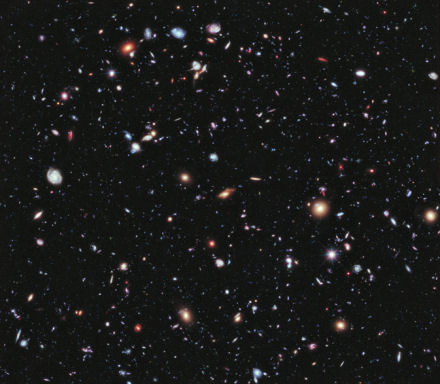
Astronomers using the European Southern Observatory’s (ESO) Very Large Telescope (VLT) have accurately dated a star that formed at the dawn of time – a mere 500 million years after the Big Bang. The “fossil” star, known as HE 1523-0901, was found to be 13.2 billion years old, not very far from the 13.7 billion years age of the Universe.
Reporting the discovery in the Astrophysical Journal, astronomer Anna Frebel said that it was notoriously difficult to accurately gauge the age of stars. “[It] requires measuring very precisely the abundance of the radioactive elements thorium or uranium, a feat only the largest telescopes such as ESO’s VLT can achieve.”
The technique used is analogous to the carbon-14 dating method used in archaeology. However, because vastly longer timescales are involved, the right choice of radioactive isotope is critical for accurate measurements.
“Actual age measurements are restricted to the very rare objects that display huge amounts of the radioactive elements thorium or uranium,” explained co-discoverer Norbert Christlieb. Large amounts of these elements were observed in HE 1523-0901, an old, relatively bright star in our own Milky Way.
The dating process involved capturing the spectrum from the star for both thorium and uranium in combination with the three other neutron-capture elements – europium, osmium, and iridium. Unaffected by the turbulent history of the Milky Way, these steadfast nuclear timekeepers have ticked away ever since the star was born, a mind-boggling 13.2 billion years ago.
Related articles:
Big Bang Brouhaha Brewing
Star Formation Theories Set For Significant Revision
Stars Gone Wild

















Comments are closed.